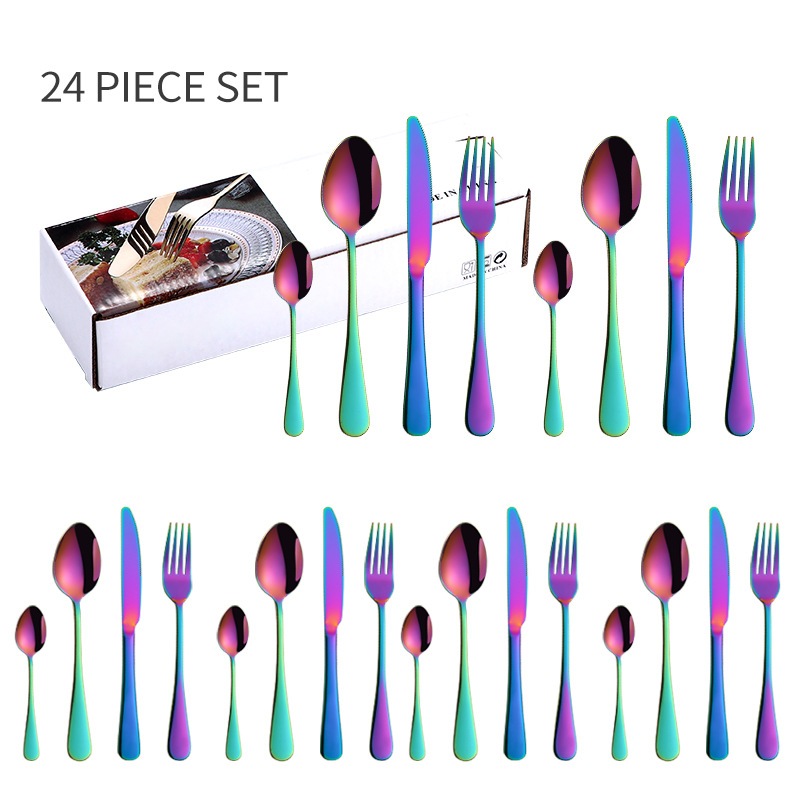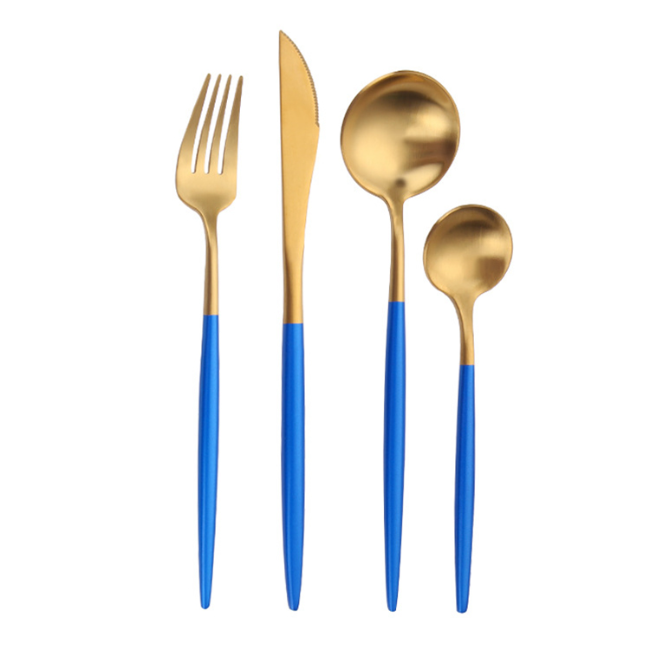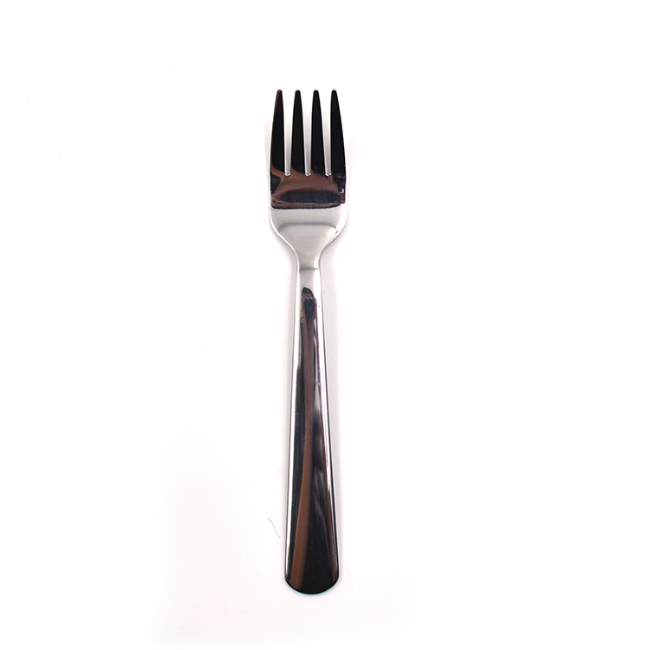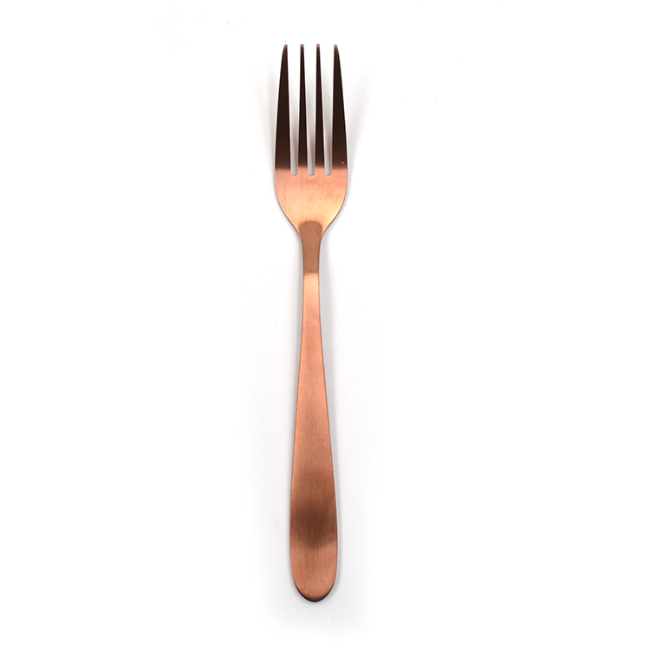
21 May
Is IKEA Children's Plastic Cutlery Recyclable
Is IKEA Children's Plastic Cutlery R...
Is IKEA Children's Plastic Cutlery Recyclable
Introduction to Children’s Plastic Cutlery
Plastic cutlery for children is designed with safety, function, and durability in mind. Brands like IKEA have popularized colorful and soft-edged plastic utensils that help young children eat independently and safely. But in an age where sustainability is paramount, a critical question arises—is IKEA children's plastic cutlery recyclable? The answer depends on material composition, local recycling regulations, and environmental impact strategies. This article explores the recyclability of children’s plastic cutlery and highlights how manufacturers like Homefelt are adapting to the call for eco-conscious alternatives.
Materials in Children’s Plastic Cutlery
Most children’s plastic cutlery is made from polypropylene (PP) or polyethylene (PE), both of which are theoretically recyclable. IKEA, for example, has clarified that their children’s cutlery is made from BPA-free plastic and is recyclable in some regions. However, real-world recycling depends on whether local facilities accept small-sized plastic items. This uncertainty creates a need for better solutions—either better recyclability or reusable alternatives.
Environmental Concerns and Recyclability
Recycling small plastic items like cutlery can be problematic. They often get lost during sorting and aren't always accepted by recycling plants due to size or contamination from food residue. That’s where more sustainable practices come into play, like reusable or biodegradable materials. Homefelt, known for its durable stainless steel and sustainable manufacturing practices, offers lines of children’s cutlery that are not only safe but also long-lasting and eco-friendly.
Safety and Usability Factors
Safety is paramount when designing children’s utensils. Rounded edges, non-slip grips, and colorful designs are common. Brands like Crate & Barrel offer modern and stylish options like the crate barrel cutlery line, but most of these still rely on plastics. Instead of relying solely on recycling after use, a better strategy is longevity—using materials that last through hundreds of meals. Homefelt manufactures safe, child-friendly utensils made of stainless steel and bamboo, offering both form and function.
Language and Communication in Cutlery Use
Interestingly, the use of utensils can also be tied to communication in dining etiquette. Understanding the language of cutlery—such as positioning forks and knives to signal you’re finished—can be a subtle but important life skill. Teaching children with durable, reusable utensils can instill both etiquette and environmental awareness from an early age.
Inspiration from Unconventional Designs
Beyond traditional cutlery, there are designs inspired by fantasy or action—like the united cutlery m48 magnum speer—often collected or used for themed parties. While these are not intended for daily dining, they influence design trends in playful and thematic cutlery, especially for children’s events or special occasions.
Why Stainless Steel is the Preferred Alternative
Plastic may be cheap and lightweight, but stainless steel is still the gold standard in durability and hygiene. Homefelt integrates both practicality and eco-conscious production to create child-safe stainless steel cutlery that parents can trust. Their products are free from BPA, dishwasher-safe, and designed for decades of use, not just a few meals.
Conclusion
Recycling IKEA children’s plastic cutlery depends on many variables, but the broader solution lies in choosing sustainable alternatives. Homefelt offers a compelling path forward, providing stainless steel and bamboo options that are safe, reusable, and built to last. As concerns about the environment grow, shifting to longer-lasting, recyclable alternatives is no longer optional—it’s essential.





